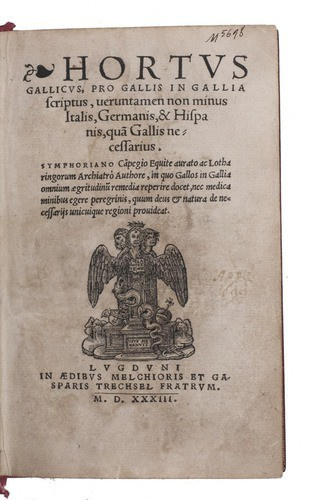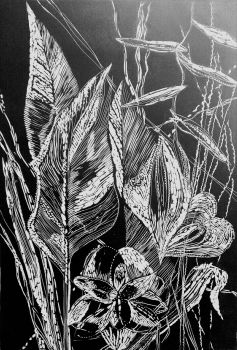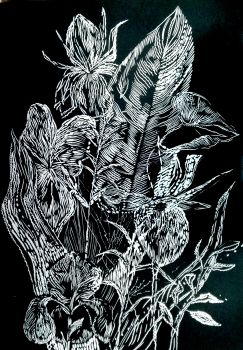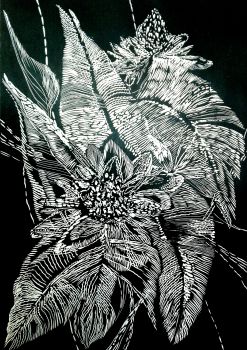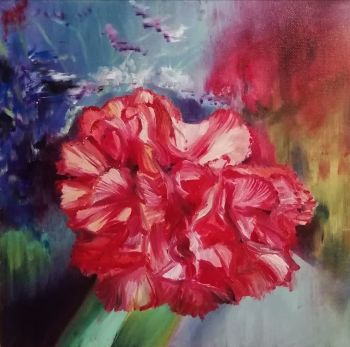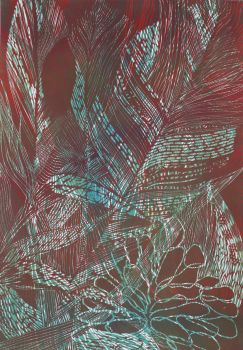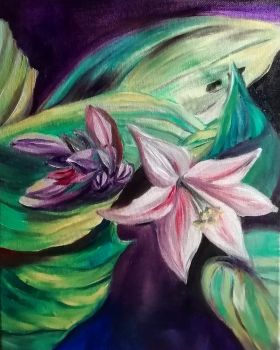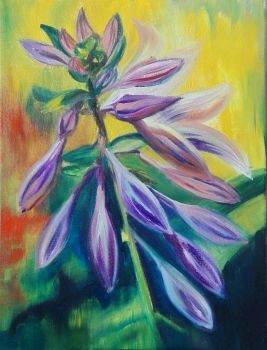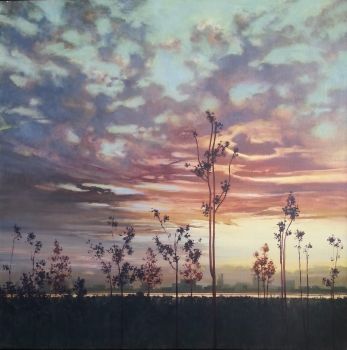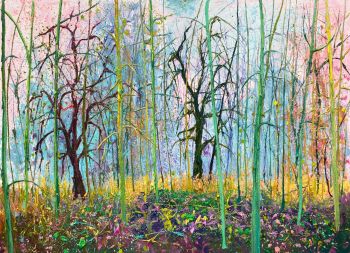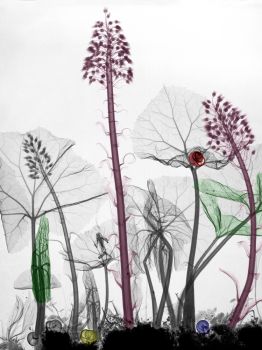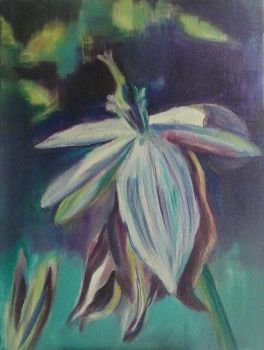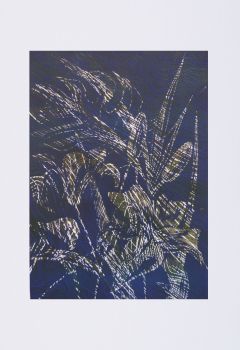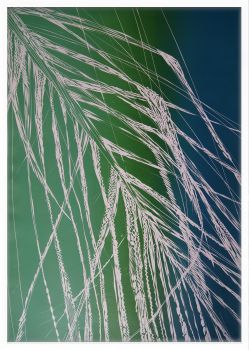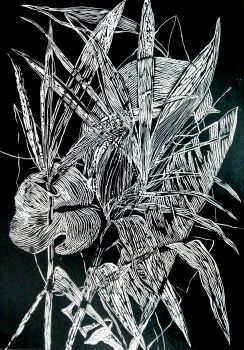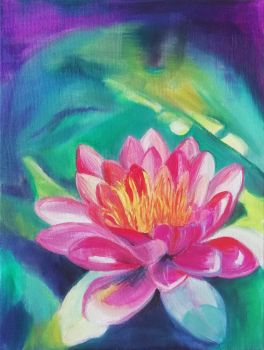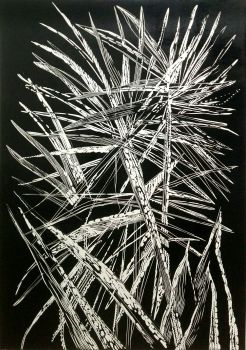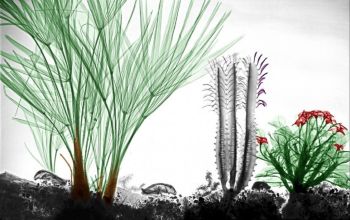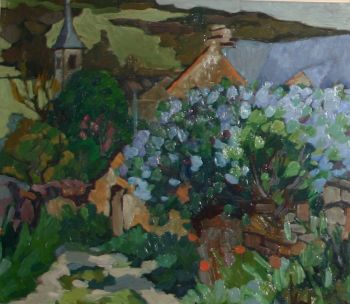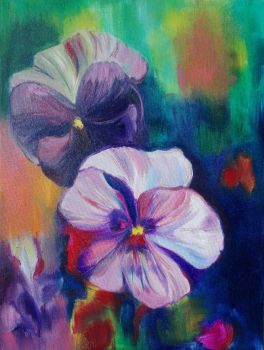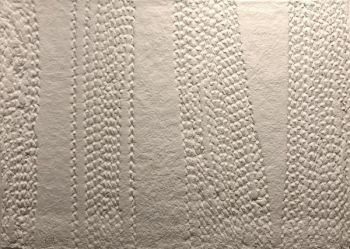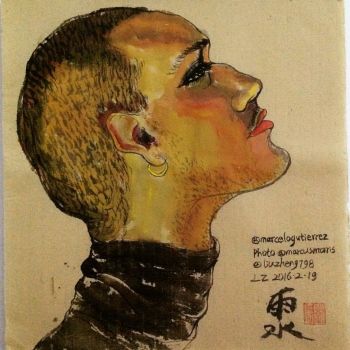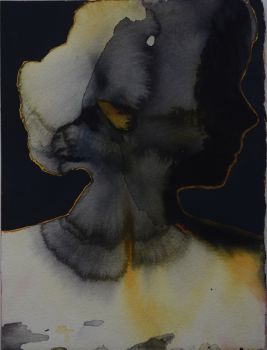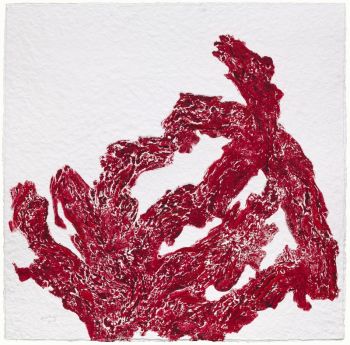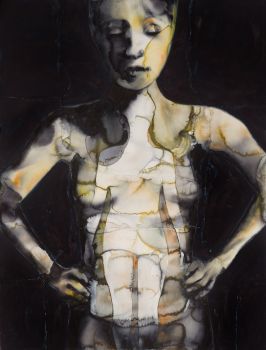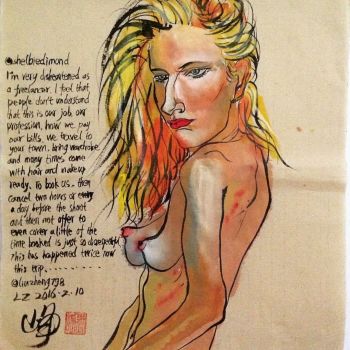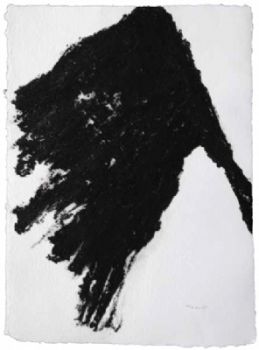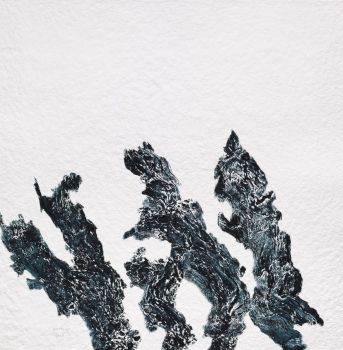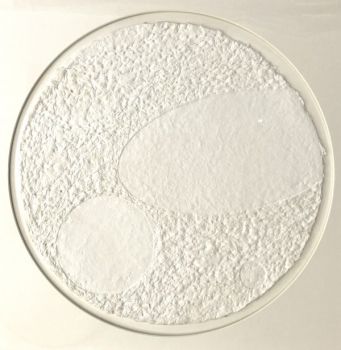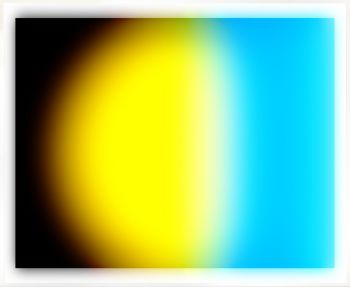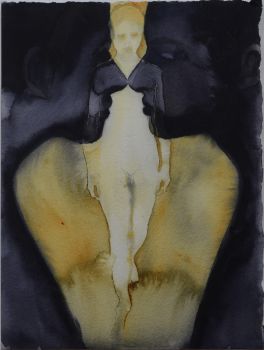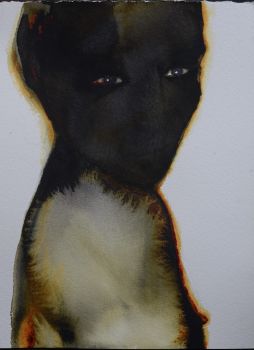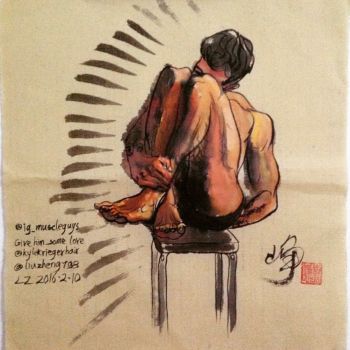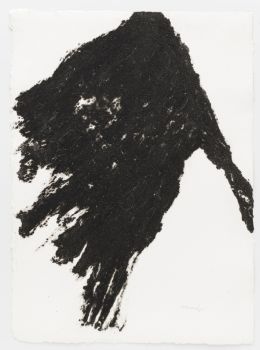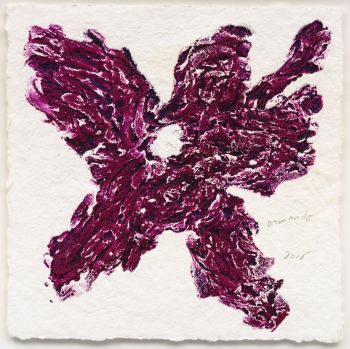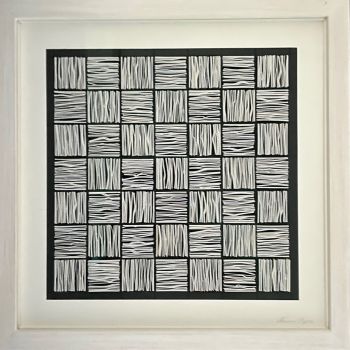Declaring Arabic medicinal plants “pernicious and venomous” for Europeans 1533
Symphorien Champier
PapelPapel hecho a manoCuero
Actualmente no disponible a través de Gallerease
- Sobre la obra de arteHortus Gallicus, pro Gallis in Gallia scriptus, veruntamen non minus Italis, Germanis, & Hispanis, qua[m] Gallis necessarius. ...
Including:
-Campus Elysius Galliae Amoenitate refertus: in quo sunt medicinæ compositæ, herbæ & plantæ virentes: in quo quicquid apud Indos, Arabes, & Poenos reperitur, ...
-Periarchon id est de principiis utriusque philosophiae, ...
Lyon, Melchior & Gaspar Trechsel, 1533. 3 parts in 1 volume. 8vo. With 3 title-pages each with the same woodcut device, the woodcut arms of Champier and Terrail (Champier's wife) in mirror image (plus 2 repeats), the Terrail arms at the end, 14 woodcut decorated initials plus 9 repeats, and a vine-leaf ornament. Gold-tooled red goatskin morocco by Hippolyte Duru for Joachim Gomez de la Cortina, Marqués de Morante, each board with Morante's crowned coat of arms and his crowned JGC cipher monogram in each of the four corners and 3 of the 6 spine compartments.
First issue of the first and only edition, in the original Latin, of a three related treatises arguing against the European use of the new medicinal plants that were beginning to find their way from the Middle East or "India" to European botanical gardens along with the great Arabic works of medical botany. Symphorien Champier (1471/72-ca. 1539), a humanist physician in Lyons, mixes elements of climate, ethnicity, nationalism and religion to claim that the exotic medicines were often "pernicious and venomous" for Europeans, and he proposes indigenous alternatives to them (God in his wisdom provides each region with the plants it needs). He takes this even to a national level within Europe, based on the differing character and nature of the people of different nations. He was influenced by Brunfels, who had made similar arguments for Germans to use German plants.
With an early owner's name on the title-page. Joachim Gomez de la Cortina (1808-1868), a Spanish senator and rector of the University of Madrid, was one of the leading bibliophiles of his day. The elegant binding is signed by Hippolyte Duru (1803-1884) in Paris and dated 1850. With waterstains and browning in the first 2 and last 2 leaves and the foot of 2 leaves in part 2, but otherwise in very good condition. The binding fine, a couple tiny insignificant scuff marks on the edges and a small label removed from the back paste-down. A lovely copy of a fascinating work, reflecting European fears of Arabic medical botany.
Allut 39; Baudrier XII, p. 240 ; Durling 934; Cat. lib. Gomez de la Cortina 11755 (this copy); for the binder Duru: Flety, p. 65. - Sobre el artistaSymphorien Champier (1471-1539), un médico de Lyon nacido en Saint-Symphorien (Francia), estaba relacionado con el Chevalier de Bayard a través de su esposa, Marguerite Terrail. Doctor en medicina en Montpellier, Champier fue el médico personal de Antoine, duque de Lorena, a quien siguió a Italia con Luis XII y finalmente se instaló en Lyon. Trabajó en Lyon, donde fundó el Colegio de Doctores de Lyon. Allí desempeñó las funciones de concejal y contribuyó a numerosas fundaciones locales, en particular L'Ecole des médecins de Lyon ("La escuela de los doctores de Lyon"). Además, Champier estudió eruditos griegos y medicina árabe y compuso un gran número de obras históricas, incluyendo Chroniques de Savoie en 1516 y Vie de Bayard en 1525. Es conocido por su tratado La nef des dames vertueuses [El barco de las virtuosas damas], uno de los primeros tratados "feministas" escritos en francés. Fue un oponente extremo del ocultismo renacentista y escribió en 1532 una "Epistola campegiana de tranmutatione metallorum contra alchimistas". Los historiadores creen que murió en la segunda parte de 1539.
Artwork details
Categoría
Tema
Material y Técnica
Related artworks
Tilmanus Nicolaus Maastricht
Missale Romanum con monturas de plata holandesas1788 - 1792
Precio a consultarJacob J. Roosjen SRI
Antonie Derkinderen
Memory book Exhibition of Dutch Painting1892
Precio a consultarKunsthandel Pygmalion
Engelbert Kaempfer
LIBRO DE ENGELBERT KAEMPFER1651 - 1716
Precio a consultarZebregs & Röell - Fine Art - Antiques
Engelbert Kaempfer
LIBRO DE ENGELBERT KAEMPFER1651 - 1716
Precio a consultarZebregs & Röell - Fine Art - Antiques
Tilmanus Nicolaus Maastricht
Missale Romanum con monturas de plata holandesas1788 - 1792
Precio a consultarJacob J. Roosjen SRI
Hermann Nitsch
"UNDER MY SKIN" Signed book incl. small artwork and DVD in a matching box2010 - 2014
Precio a consultarGallerease Selected
Antonie Derkinderen
Memory book Exhibition of Dutch Painting1892
Precio a consultarKunsthandel Pygmalion
1 - 4 / 22- 1 - 4 / 24
- 1 - 4 / 24

